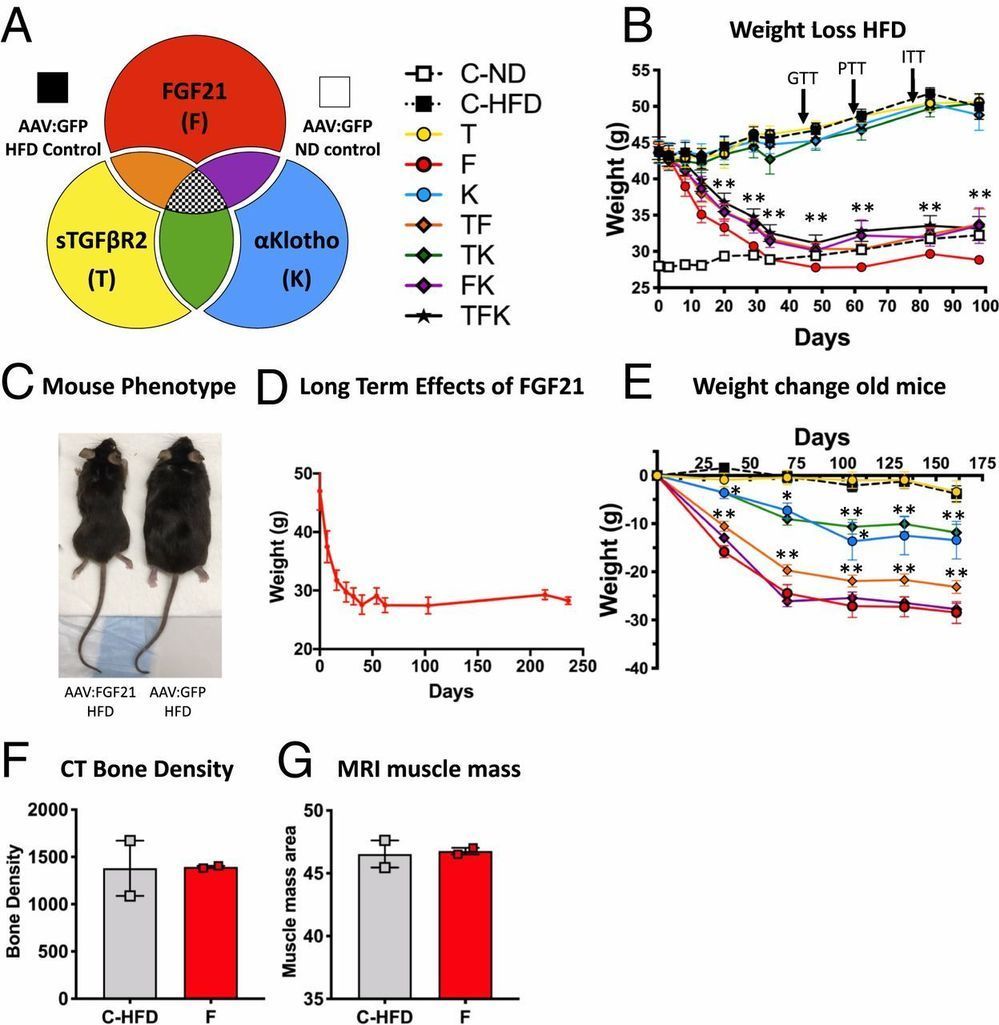Please read 🙂.
Eat well for a long and healthy life – that’s a mantra that we’re all familiar with, but what are the best foods to help us achieve that goal? In this article, we give you an overview of some of the most healthful and nutritious foods.
Official figures indicate that, currently, the top three countries in the world with the highest life expectancy are the Principality of Monaco, Japan, and Singapore. These are places where the inhabitants experience a high quality of life, and an important element of that is eating healthful meals.
Often, we find praise for “superfoods” in the media – foods so high in nutritional value that they are seen as dietary superheroes.



 Natasha is an author, humanitarian, and innovator whose work focuses on longevity and regenerative generations. As a motivational speaker, she focuses on causes and solutions while fostering meaningful acknowledgement of the works of other people who have aspired to identify human potential. She is called “An early adopter of revolutionary changes” (Wired, 2000) and “Advocates the ethical use of technology to expand human capacities” (Politico, 2017).
Natasha is an author, humanitarian, and innovator whose work focuses on longevity and regenerative generations. As a motivational speaker, she focuses on causes and solutions while fostering meaningful acknowledgement of the works of other people who have aspired to identify human potential. She is called “An early adopter of revolutionary changes” (Wired, 2000) and “Advocates the ethical use of technology to expand human capacities” (Politico, 2017).




